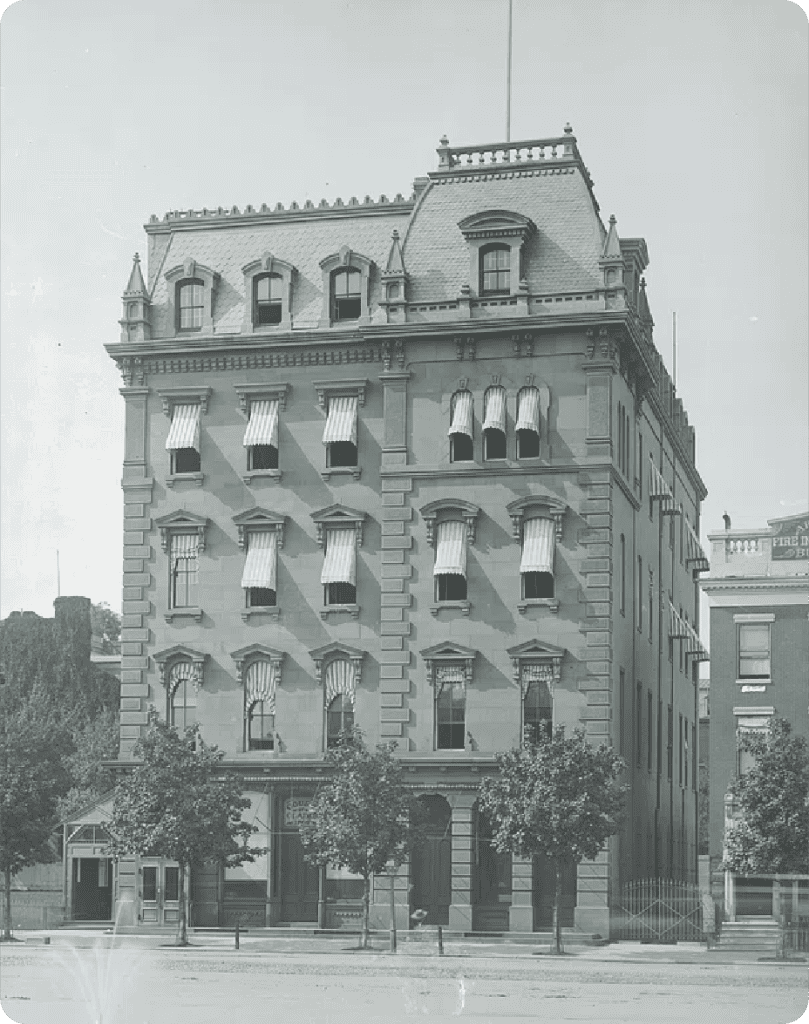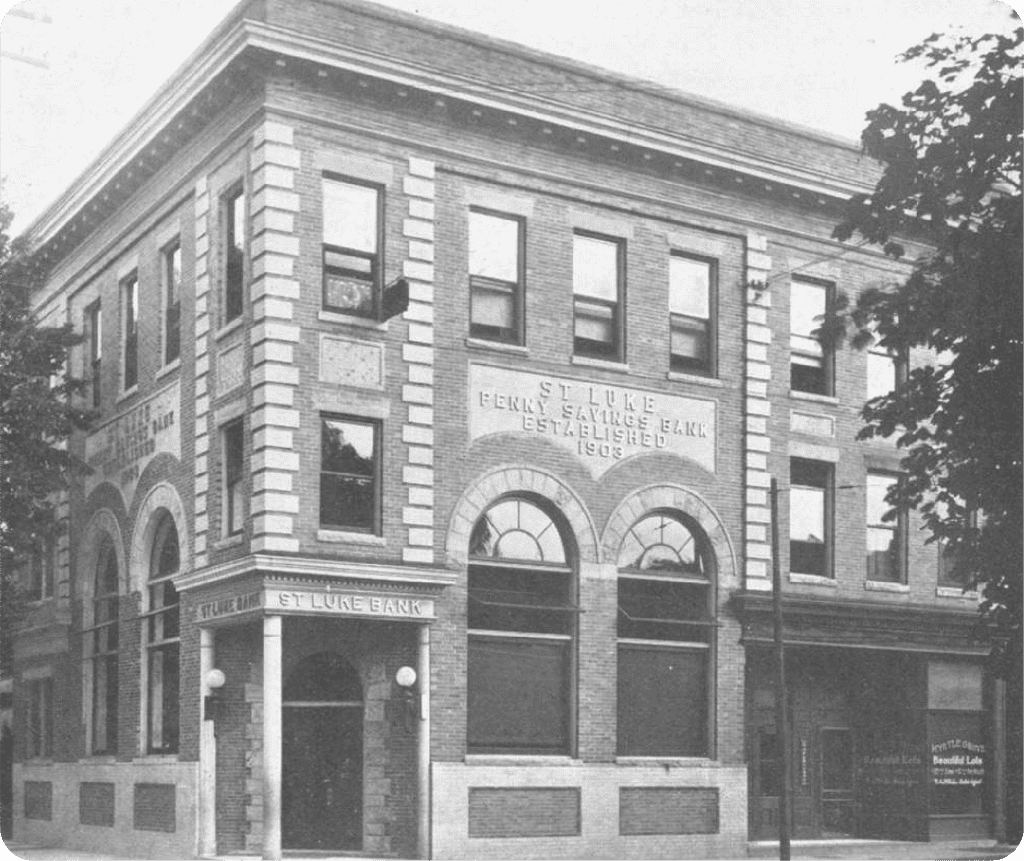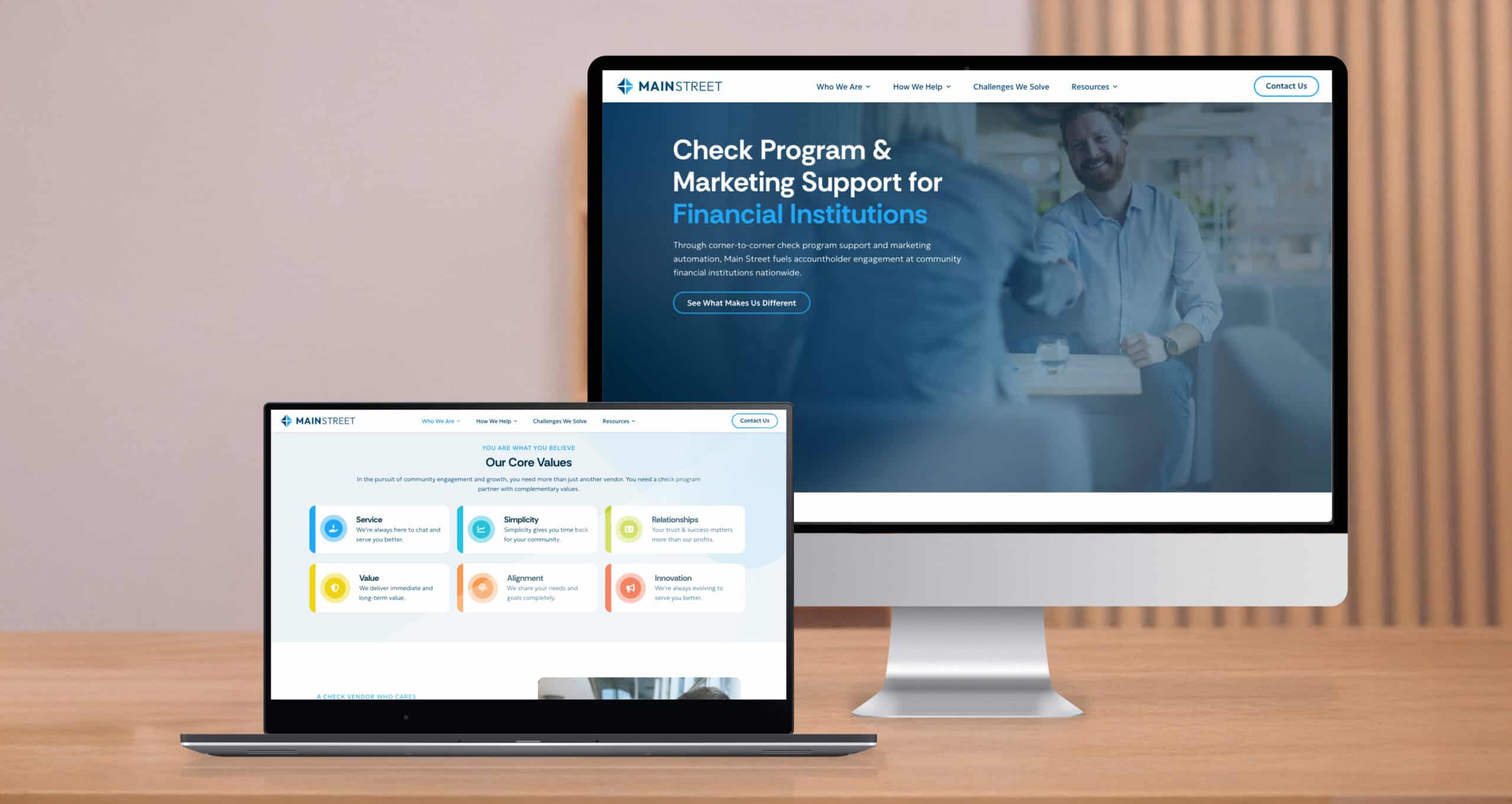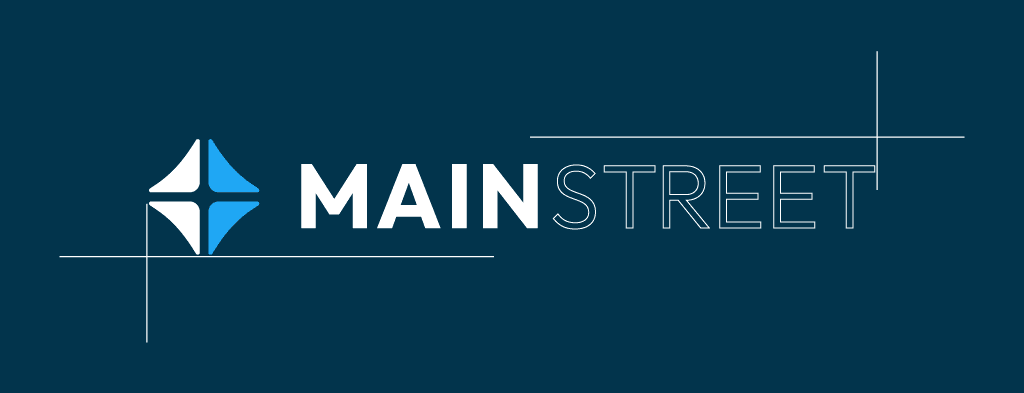In honor of Black History Month, we’re taking a moment to reflect on the incredible people, institutions, and milestones throughout the history of Black banking in America. Between the Emancipation Proclamation and the ratification of the 13th Amendment, approximately 4 million enslaved peoples were freed – people who needed financial services from local institutions.
But access to those services was no guarantee. The history of Black banking is equal parts frustrating and uplifting. Here are just a few key moments of note leading to the present day.
A Brief History of Black Banking in America – Main Street Explores
Financial equity in America is far from achieved. With tremendous strides and heartbreaking setbacks, progress came slowly and remains incomplete. But at certain moments, individuals and institutions stepped up to take the movement forward. Here are just a few of them.

The Freedman’s Savings & Trust Company – Est. 1865
Less than a month before the Civil War ended, Congress enacted legislation providing social support for the formerly enslaved. As part of this effort, The Freedman’s Savings Bank was established. The bank enjoyed broad support from a new working class, including Black Union soldiers and abolitionist statesman Frederick Douglass. That same success, however, would lead to reckless expansion and mismanaged funds.
America’s post-war economy was anything but stable. Facing mounting building costs for additional branches, and a financial panic leading to mass withdrawals, the bank was forced to close in June of 1874. Frederick Douglass himself served as the last bank President.
The Capital Savings Bank – Est. 1888
The collapse of The Freedman’s Savings & Trust devastated the Black community. It would take nearly a decade and a half for another institution to earn back that trust. A grassroots movement of Black entrepreneurs, churches, and social organizations pulled together to support the Capital Savings Bank in Washington, D.C. As the first financial institution owned and operated by Black Americans, the Capital Savings Bank did what no white-owned banks at that time would – it funded Black-owned businesses at an incredible rate.
Unlike its predecessor, Capital Savings survived another economic panic in 1893, establishing a pattern of lending that would fund thousands of Black businesses until its doors closed in 1902.
The St. Luke Penny Savings Bank – Est. 1903
Maggie Lena Walker was not the kind of person to let her race or gender limit her potential. Born in 1864 to enslaved parents in Richmond, VA, Maggie had what can only be described as the most American of attitudes.
As a teen, Maggie joined the Independent Order of St. Luke’s – a local benevolent organization dedicated to the care and economic independence of Black communities. In 1901, she brought her idea for a bank to the Order’s annual convention.

There, among other economic leaders of her time, she advocated for a financial institution that was owned and operated by Black Americans and dedicated to their economic power. Two years later, The St. Luke Penny Savings Bank was born with Maggie as its President – the first Black woman to hold the position.
Like the Capital Savings Bank before it, the Penny Savings Bank weathered decades of economic turbulence and even competition from other Black-owned institutions. Eventually, it merged with other local banks and trusts, and still operates today as the Peoples Bank.
Unity Bank & Trust Company / OneUnited Bank – Est. 1968
Even at the height of the Civil Rights Movement, black-owned banks remained a rarity. Access to banking services for Black Americans had improved slowly since the Freedman’s Trust nearly a hundred years prior. Then, in the same year that Martin Luther King, Jr. was assassinated, the Unity Bank & Trust Company opened its doors.
Dedicated to providing economic opportunity to Black communities in and around Boston, MA, Unity Bank thrived for a time before merging with other institutions. Thankfully, it still operates today as OneUnited Bank – the largest black-owned bank in America.
With assets reported at more than $650 million, OneUnited is an incredible force for financial opportunity and equity in America today. While certainly not the end of progress, OneUnited is inspiring a new generation of financial leaders who may take up the mantle of those who came before.
Wishing You an Educational & Reflective Black History Month
While notable, these figures are only part of a hard-fought history. More people and institutions took part over the years than we can possibly list here. Even today, access to banking services varies by community.
In many places, populations lack the financial literacy they need to understand banking services. Elsewhere, a historical distrust of banks prevents widespread adoption. Ultimately, there’s still work to do. It’s up to all of us – but especially those in the financial services industry – to become a part of a solution nearly 160 years in the making.
Making a Difference One Bank or Credit Union at a Time – Main Street
As a nationwide check program partner, Main Street understands how access to financial services can uplift communities of every color, creed, and size. Join us in learning more about challenges to financial equity in America today.
Sources:
“Faces and Voices from the Presentation | Articles and Essays | Voices Remembering Slavery: Freed People Tell Their Stories | Digital Collections | Library of Congress.” 2015. The Library of Congress. 2015. https://www.loc.gov/collections/voices-remembering-slavery/articles-and-essays/faces-and-voices-from-the-presentation
Office of the Comptroller of the Currency. 2019. “The Freedman’s Savings Bank: Good Intentions Were Not Enough; a Noble Experiment Goes Awry.” Www.occ.treas.gov. March 14, 2019. https://www.occ.treas.gov/about/who-we-are/history/1863-1865/1863-1865-freedmans-savings-bank.html
“1888: Capital Savings Bank – Partnership for Progress.” n.d. Www.fedpartnership.gov. https://www.fedpartnership.gov/minority-banking-timeline/capital-savings-bank
Norwood, Arlisha. 2017. “Maggie Lena Walker.” National Women’s History Museum. 2017. https://www.womenshistory.org/education-resources/biographies/maggie-lena-walker
Richmond, Mailing Address: 3215 E. Broad Street, and VA 23223 Phone:771-2017 x0 Contact Us. n.d. “The St Luke Penny Savings Bank – Maggie L Walker National Historic Site (U.S. National Park Service).” Www.nps.gov. https://www.nps.gov/mawa/the-st-luke-penny-savings-bank.htm
Williams, Teri. 2018. “The Legacy of Dr. King and Unity Bank & Trust Lives on | America’s Largest Black Owned Bank | OneUnited Bank.” OneUnited Bank. April 12, 2018. https://www.oneunited.com/blog/the-legacy-of-dr-king-and-unity-bank-trust-lives-on/












